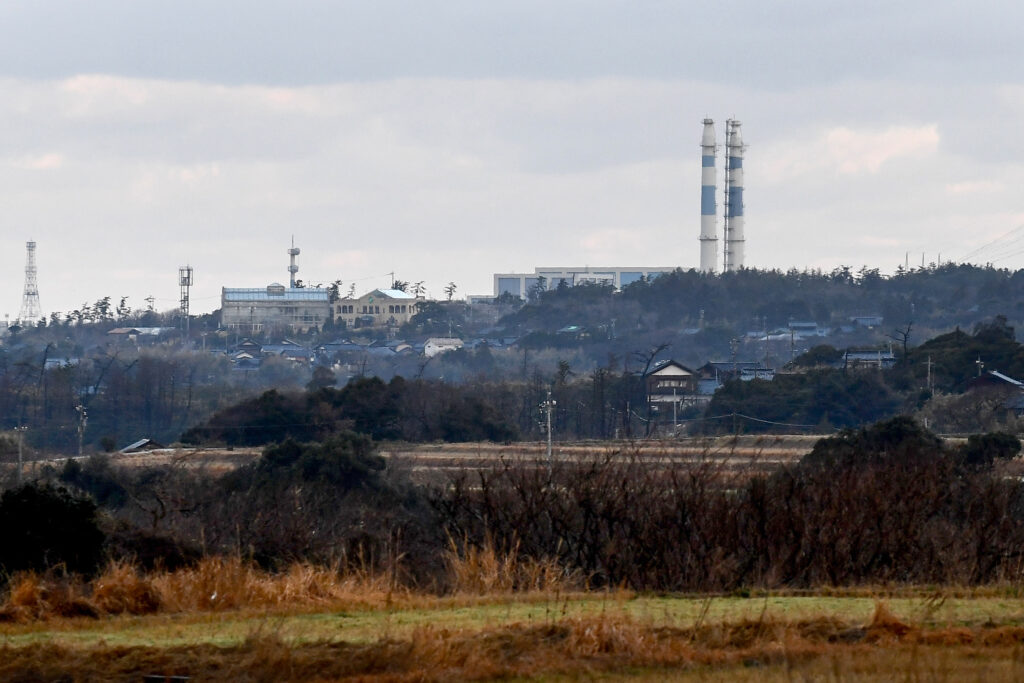
- ARAB NEWS
- 13 Jul 2025

Kanazawa: The 7.6-magnitude earthquake in central Japan about a month ago caused a series of problems, such as oil leaks from a transformer and power transmission line damage, to the Shika nuclear power plant in Ishikawa Prefecture.
Tremors from the Jan. 1 earthquake partially exceeded assumptions by Hokuriku Electric Power Co., the operator of the nuclear plant in the town of Shika, where the temblor measured 7, the highest level on Japan’s seismic intensity scale.
Also, it has been pointed out that active faults may have moved jointly in a wide area, causing the giant earthquake, which mainly struck the Noto Peninsula in Ishikawa.
Both the No. 1 and No. 2 reactors at the Shika plant have been idled since March 2011, with a total of 1,657 nuclear fuel assemblies in spent fuel storage pools being cooled using external power sources.
The No. 2 reactor is now being screened by the Nuclear Regulation Authority as Hokuriku Electric is aiming to bring it back online. But the inspection is expected to take much longer, following the string of problems brought on by the quake.
The quake caused a transformer for the No. 1 reactor and another for the No. 2 reactor to stop functioning due to issues including oil leakage. The transformers were for receiving electricity from external power sources. Power transmission lines also sustained damage.
While the problems have not affected the cooling of the nuclear fuel or caused radiation leaks to areas outside the premises of the nuclear power station, two of the five external power sources for the plant remain unusable.
Although Hokuriku Electric continues detailed examinations of the plant, restoration work is expected to take at last six months to complete.
The government’s earthquake research committee has determined that active faults where the quake occurred moved jointly in an area spanning some 150 kilometers, wider than an estimate of 96 kilometers shown by Hokuriku Electric at an NRA meeting. The company may be urged to review the assessment.
The ground acceleration observed in the Jan. 1 earthquake partially exceeded assumptions by the former Nuclear and Industrial Safety Agency but was below the company’s new assumptions now being assessed by the NRA.
There were flaws in Hokuriku Electric’s disclosure of information on the situation at the Shika nuclear plant following the earthquake.
On the day of the earthquake, false information that a fire occurred at a transformer was distributed temporarily.
Soon after the quake, there was information that no tsunami would be triggered by the temblor. On the night of Jan. 2, however, it was announced that the sea level had risen by 3 meters.
The total amount of oil leaked from a transformer was underestimated. The estimate was raised by more than five times later.
NRA Chairman Shinsuke Yamanaka urged Hokuriku Electric to redouble efforts to provide accurate information, saying that information dissemination by the company has been insufficient.
On the NRA’s ongoing screening of the Shika No. 2 reactor for its possible reactivation, Yamanaka said that “more than a year will be needed,” citing the importance of confirming the results of the government’s research on the New Year’s Day earthquake.
JIJI Press